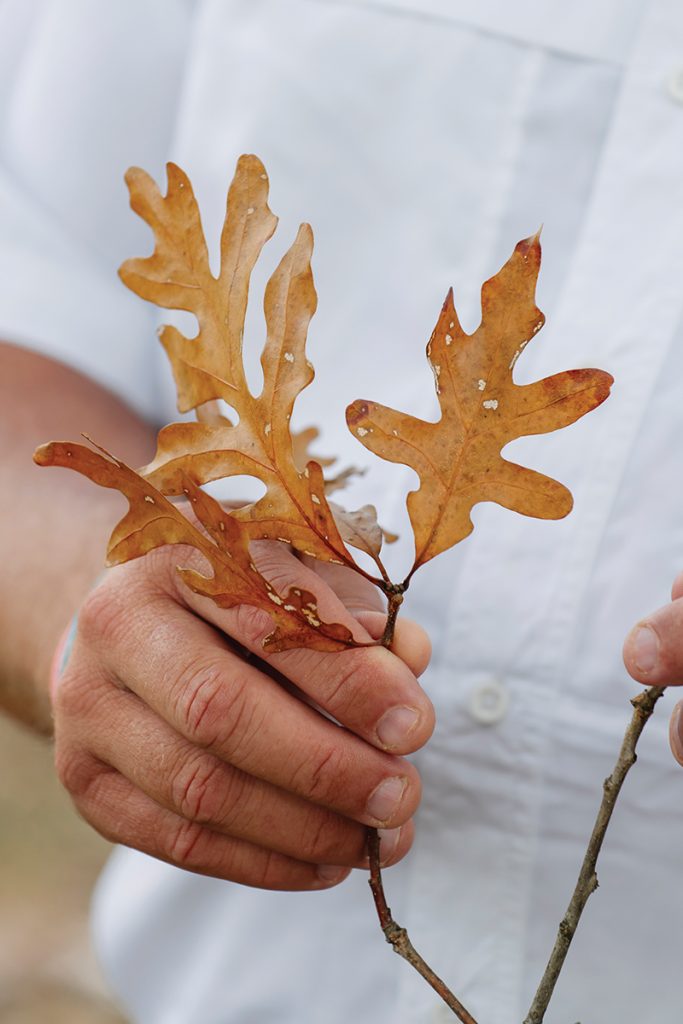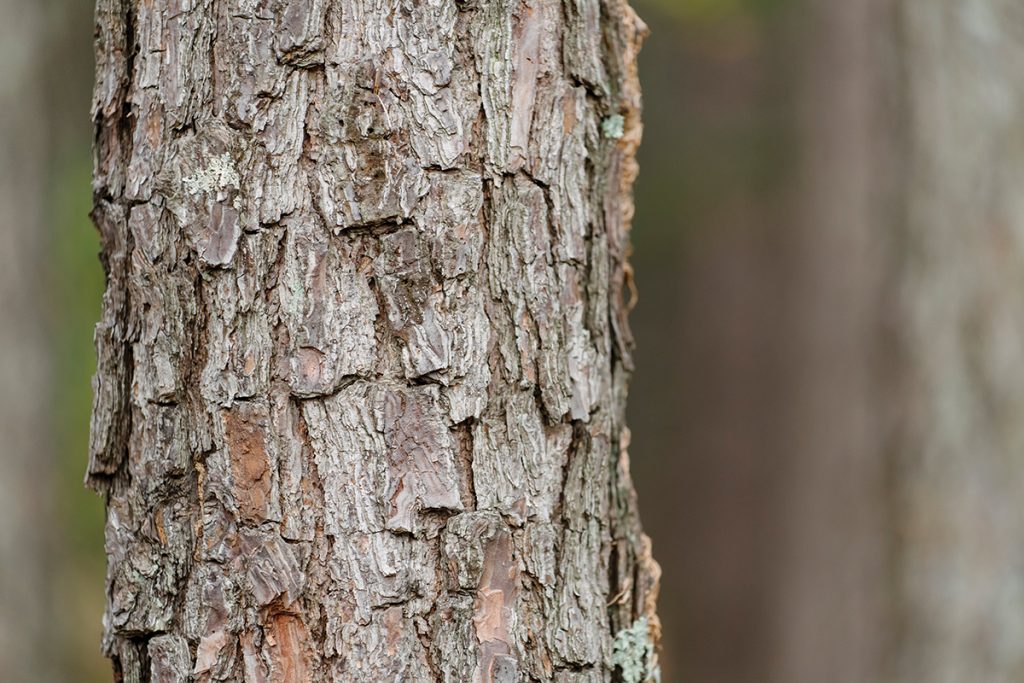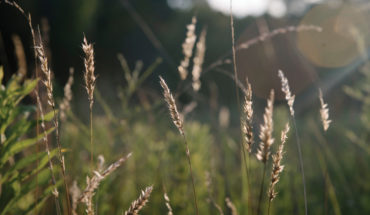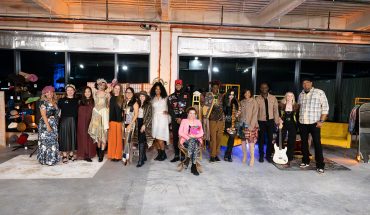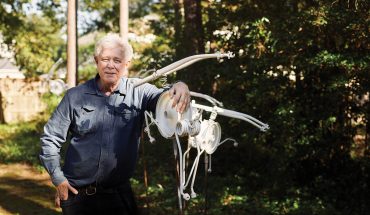Urban foresters like Anthony McLamb help Raleigh’s living canopy continue to thrive — and honor cherished memories too.
by Susanna Klingenberg | photography by Liz Condo
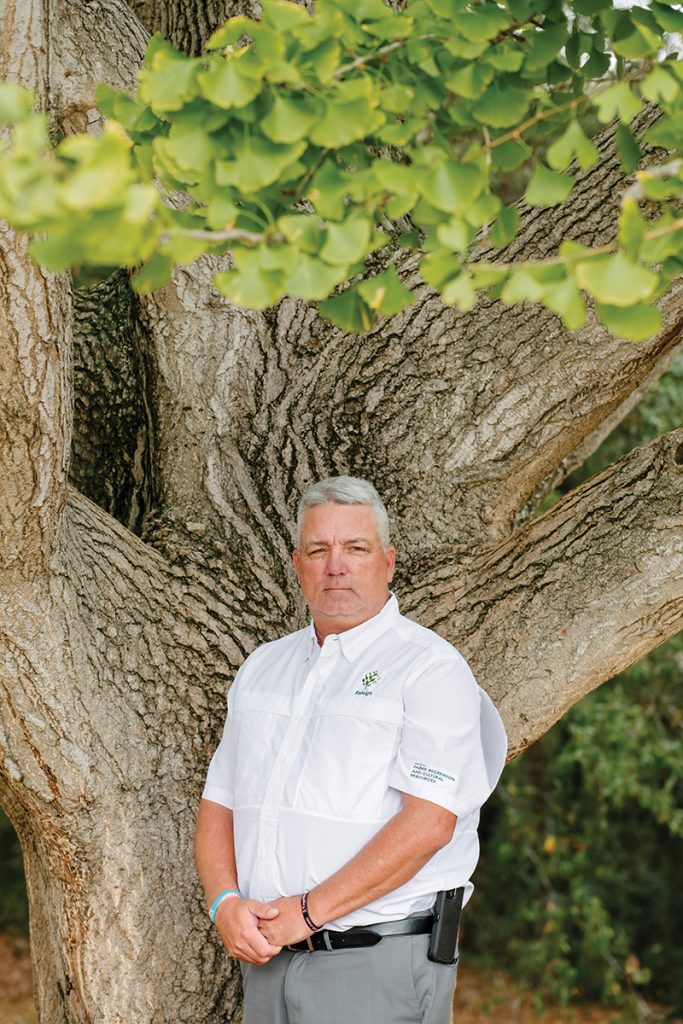
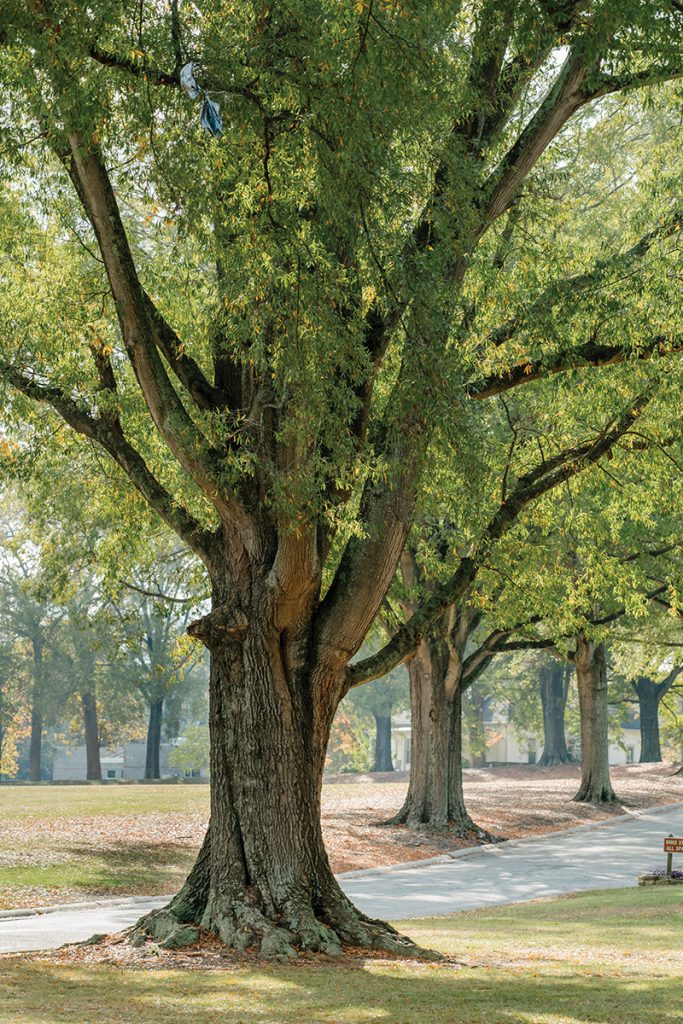
When was the last time you looked up at the trees in the City of Oaks? I mean, really looked? Appreciated their shade? Considered the way they mark the seasons? For many locals, our city’s canopy is just background scenery — the wallpaper around which life in Raleigh moves forward.
But head city arborist Anthony McLamb begs to differ: “I’m biased, of course, but I think trees make the city.”
The reasons, he says, are many. Mature trees are associated with lower crime rates and better mental health outcomes. They improve air and water quality and reduce heating and cooling costs. They raise property values.
But the most noticeable benefit of a healthy urban canopy, says McLamb, is the atmosphere it creates: abundant trees make a city feel established, welcoming and flourishing. Try imagining a less verdant Raleigh, he suggests, and you’ll quickly realize that the significance of our trees reaches far beyond a nickname.
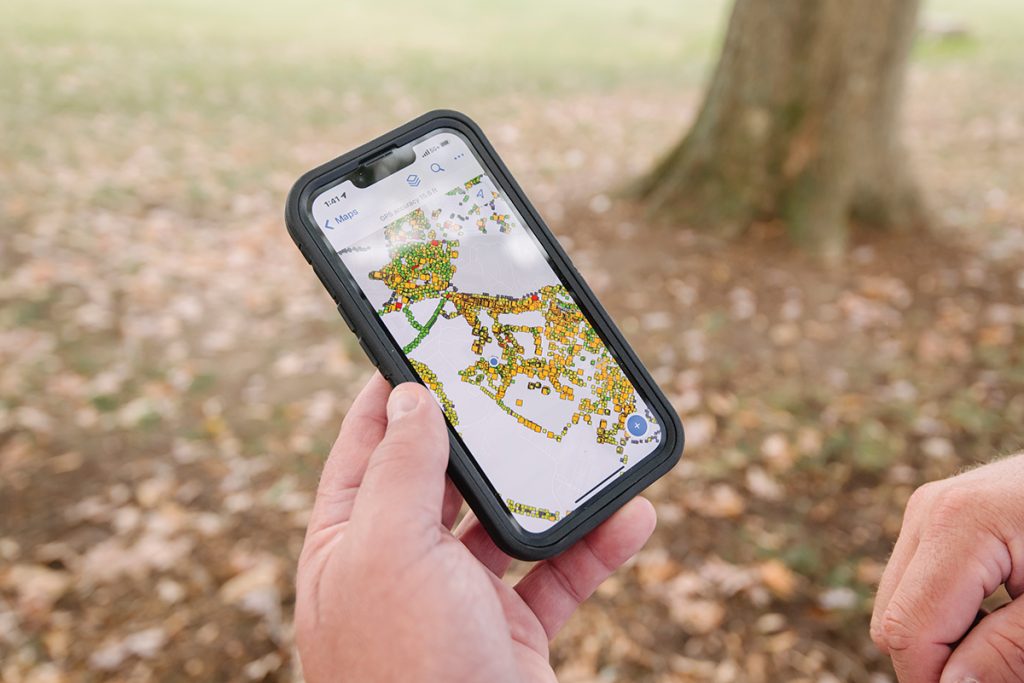
McLamb and his team of inspectors, trimmers and arborists are known as urban foresters. While their work flies largely under the radar, the return on their expertise is all around us, from parks to sidewalks to greenways to the infamous “devil strip” — that fickle ribbon of green between roads and sidewalks. “You can’t live a day in Raleigh without passing a city tree,” says McLamb.
Our city arborists play both defense and offense, depending on the day. After a storm, McLamb and his department have a down-to-the-minute plan for cleaning up fallen trees and branches. When we lose trees to development, it’s McLamb’s team that offsets that loss elsewhere in the city. Their digital map of Raleigh shows every tree planted during McLamb’s long tenure, color-coded by species, with notes on age and health.
In 2023, McLamb’s team planted 450 trees in Raleigh, a number they plan to grow in the future, greening the city (especially in underserved areas) with a native mix that includes maples, magnolias, ginkgos, dogwoods, redbuds and, of course, oaks. “We have a right tree, right spot mentality about planting — we only want to plant what’s likely to thrive into maturity,” explains McLamb. “But since we’re the City of Oaks, if the space is right, we’ll always go with an oak tree.”
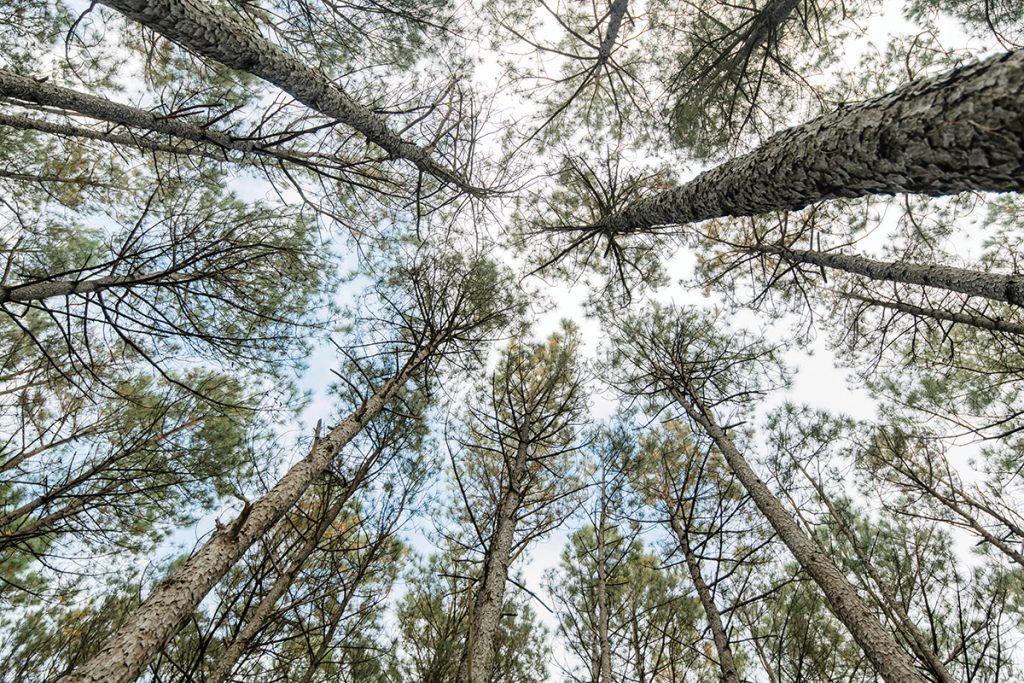
While the work of McLamb’s team can be dangerous and physically grueling (it does, after all, involve chainsaws), it also has a softer side. Twenty years ago, Raleigh started a Donor Tree program, in which people can donate a tree to any city park in honor or memory of a loved one. The donor works with McLamb to choose a tree, one that will thrive in the park they have selected. Then, during fall and spring sessions, donors can participate in digging the hole, installing the young tree and placing a plaque or marker. “It really pulls at my heartstrings, because those trees will keep growing for generations,” says McLamb. “What a way to honor someone.”
Greg Neal met his wife Robin later in life, when he was least expecting it: at an accounting conference. “My world was guys in suits and ties, numbers, accounts and financial people,” says Neal. “And then along came this woman in an orange tie-dye sundress, so creative, soulful and funny.” When Robin died in August 2020, COVID prevented a gathering to honor her memory. Robin’s cousin, an arborist in Massachusetts, suggested Neal look into Raleigh’s tree donation program, and Neal loved the idea. He ended up donating two oak trees in Robin’s memory at Lake Lynn. “It was our place,” says Neal.
On a drizzly December day, Neal helped McLamb plant the trees, and he goes back regularly to visit. “What trees signify is pretty universal: shelter, ease and comfort,” he says. “So it’s a fitting way to remember Robin.”
Across town from Lake Lynn, at Fred Fletcher Park, a young ginkgo tree honors the legacy of a beloved teacher at Partnership Magnet Elementary, Mary Hunter Martin. “She was the root of PME’s success,” says Partnership’s senior partner, Michele Tempke. “Twenty-five years ago, Mary Hunter Martin started growing the school’s culture, developing the branches of a strong, supportive and safe community for students and parents.” Because Fred Fletcher is the site of many Partnership events — and the tree is en route to the park from school — students, teachers and staff will get to remember Martin’s cheerleader spirit every time they pass it. “Ms. Martin was always giving to our school, and this tree will keep giving to Raleigh,” says parent Maria Rudisell-Kelly. “What a fitting tribute to years of amazing work!”
In Raleigh, our lives play out under a thriving canopy of trees — overstory, understory and saplings making their way. These green compatriots help shape our cities, thanks to their caretakers, whether we notice them or not. But to notice them is to give yourself a reminder that a web of life surrounds us, experiencing loss, resilience and growth right alongside us humans.
This article originally appeared in the December 2024 issue of WALTER magazine.

